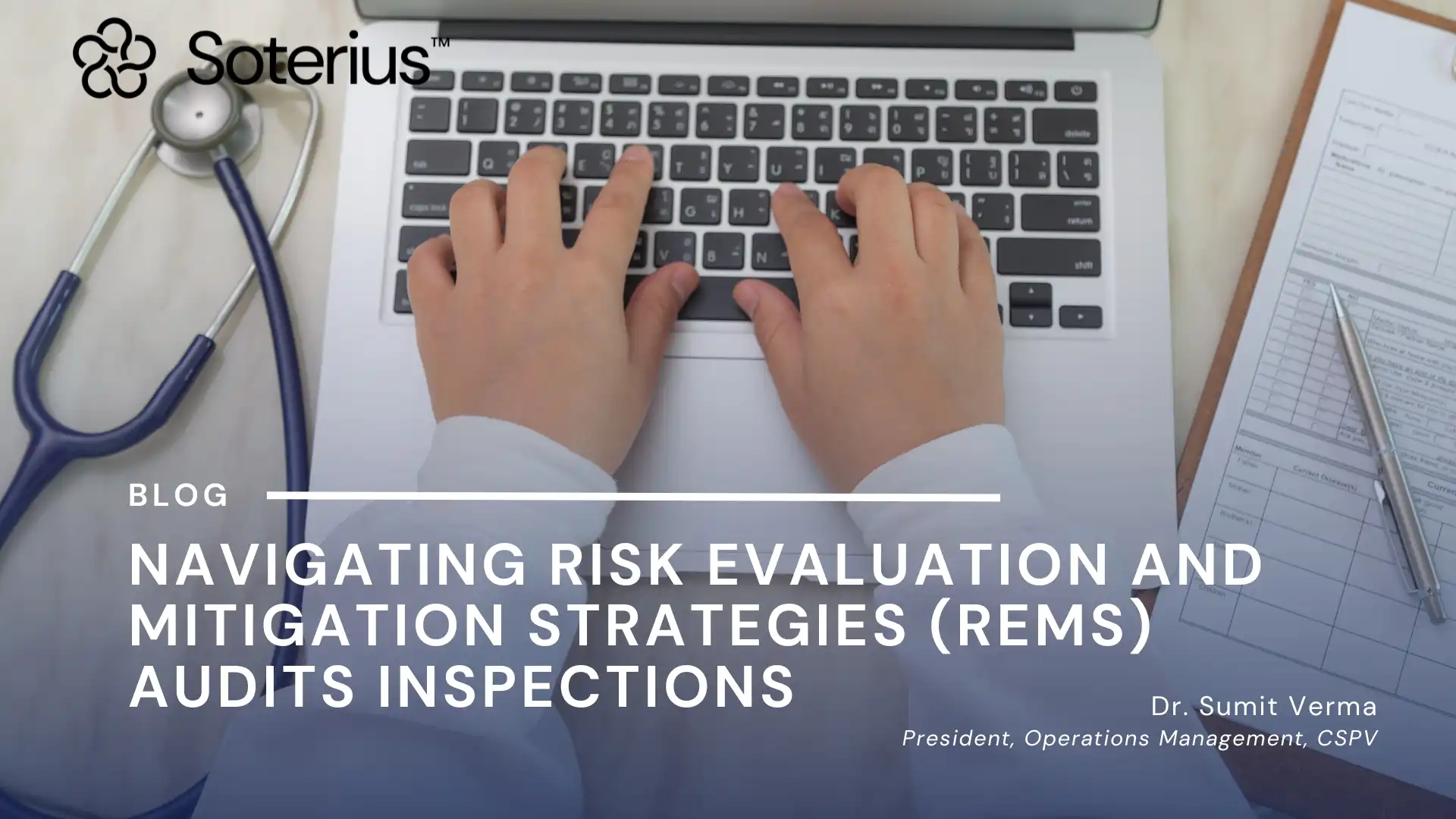What is REMS?
Per the USFDA, REMS is defined as:
– A required risk management plan that uses risk minimization strategies beyond professional labelling to ensure that the benefits of the drug outweigh the risks.
How Rems Requirement Came into Force?
Historical Background
- On September 27, 2007, the FDA Amendments Act (FDAAA) was enacted as a Public Law 110-85.
- Title IX, Subtitle A, Section 901 of the statute created a new Section 505-1 of the FDC Act (the Act).
- This act authorizes FDA to require persons submitting or holding certain applications to submit a proposed REMS as part of such application, if the FDA determines that a REMS is necessary to ensure that the benefits of a drug outweigh the risks (Section 505-1(a)).
- The REMS program is a statutory program of the Act and does not have a code of federal regulations (CFR) designation.
Factors the USFDA may Consider if a Drug Requires REMS
Per Section 505-1(a)(1) of the FDC Act, the following factors are considered to determine if a drug requires REMS:
- Approximate population size expected to use the drug.
- Seriousness of the disease/condition intended to be treated with the drug.
- Expected benefit of the drug with respect to the disease/condition being treated.
- Expected or actual treatment duration.
- Seriousness of any potential or known adverse events that may be related to the drug and the background incidence of such events in the population.
- Whether the drug is a new molecular product.
Tools FDA requires to ensure Risk Mitigation & attain goals of REMS (Section 505-1(e)) – FDA requires the following tools to mitigate the risks of the drug & and attaining the goals of REMS
-
Information to Patients
– Medication Guides (21CFR 208)
– Patient Package Inserts (Section 505- 1(e)(2))
-
Information to Healthcare Providers
– Communication Plan (Section 505-1(e)(3))
(Section 505-1(f)(3)) If the tools mentioned above under section 505-1(e) are not considered adequate for risk mitigation, FDA may require more restrictive measures, termed Elements to Assure Safe Use (ETASU).
| ETASU A | Healthcare Providers |
| ETASU B | Pharmacies |
| ETASU C | Certain Healthcare Settings |
| ETASU D | Documentation of Safe Use |
| ETASU E | Monitoring |
| ETASU F | Registry |
How to assure safe use of the drug under ETASU B, C & D.
The REMS that include ETASUS under the following Elements, an Implementation System is required under Section 505-1(f)(4):
- ETASU Element B (Pharmacies)
- ETASU Element C (Certain Healthcare Settings)
- ETASU Element D (Documentation of Safe Use)
Implementation System
Should be in place, through which the company is able to take reasonable steps to monitor and evaluate REMS implementation by healthcare providers, pharmacists, and others responsible for implementing those elements, & work upon to improve them.
REMS Supporting Document
Additional details about Implementation system are included in REMS Supporting Document which is a document prepared by the company that includes a comprehensive description of the rationale and supporting information for REMS content; however, it is not part of the approved REMS.
REMS Assessments
- NDAs and BLA applicant holders are required to perform and submit REMS assessments as per the intervals described in the approved REMS.
- FDAAA specifies the minimal timeframe (18 months, 3 years, and 7 years) for the submission of assessments from the date of the initial approval of the REMS (section 505-1(d)).
- The provision for scheduled REMS assessments does not apply to ANDAs
- In the Approval Letter, FDA provides the applicant holder with a comprehensive assessment plan, addressing the specific content areas in the REMS to include, at a minimum, in their assessment report. FDA provides the applicant holder with the schedule and the timeframe for performing REMS Assessments.
Assessments are also required:
- When the applicant holder submits a supplemental application for a new indication for use, OR
- When FDA determines, an assessment is needed to evaluate whether the approved strategy should be modified to ensure the benefits of the drug outweigh the risks of the drug, OR
- To minimize the burden on the health care delivery system that is complying with the strategy (section 505-1(g)(2)).
- Additionally, applicant holders may voluntarily submit an assessment of the REMS at any time (section 505-1(g)(1)).
